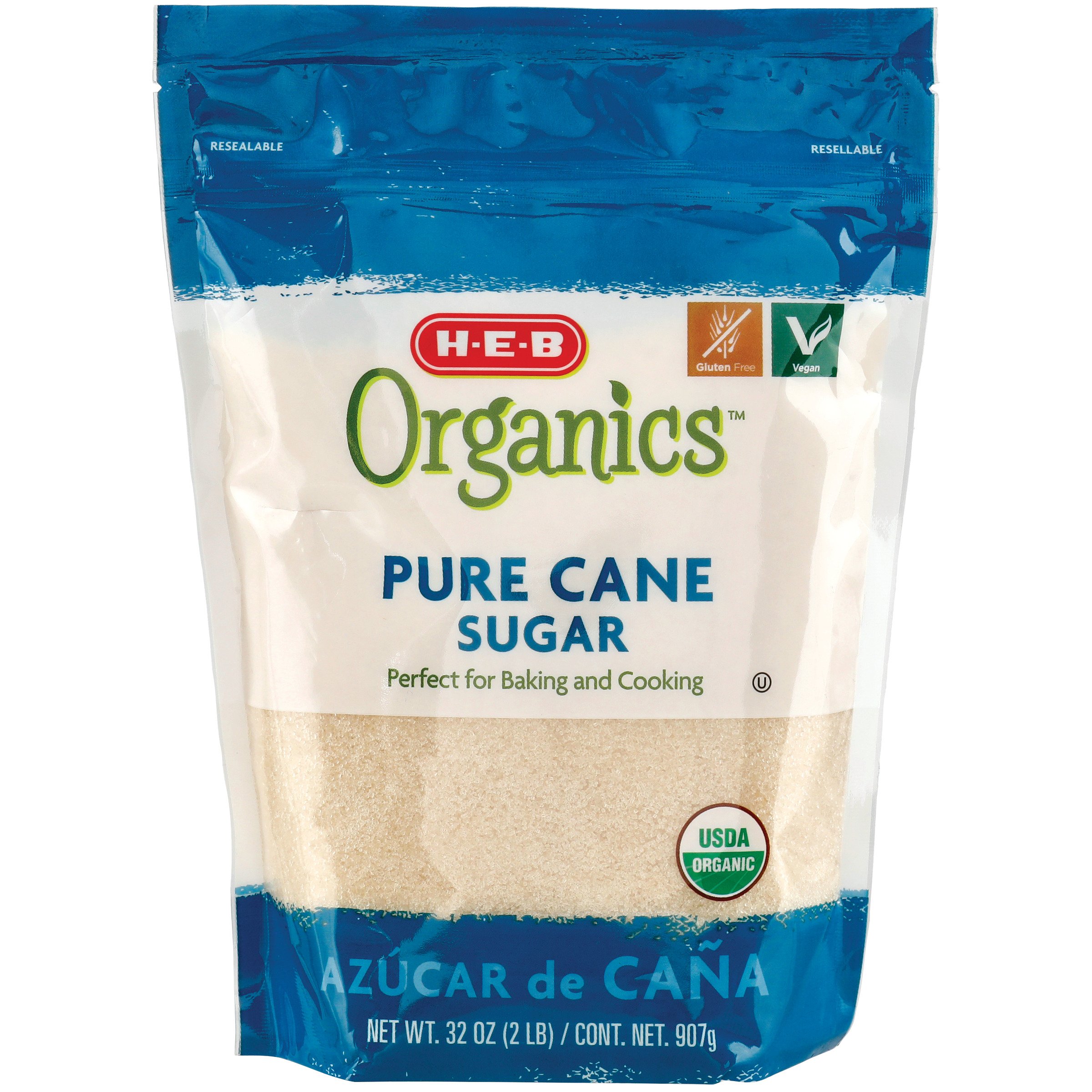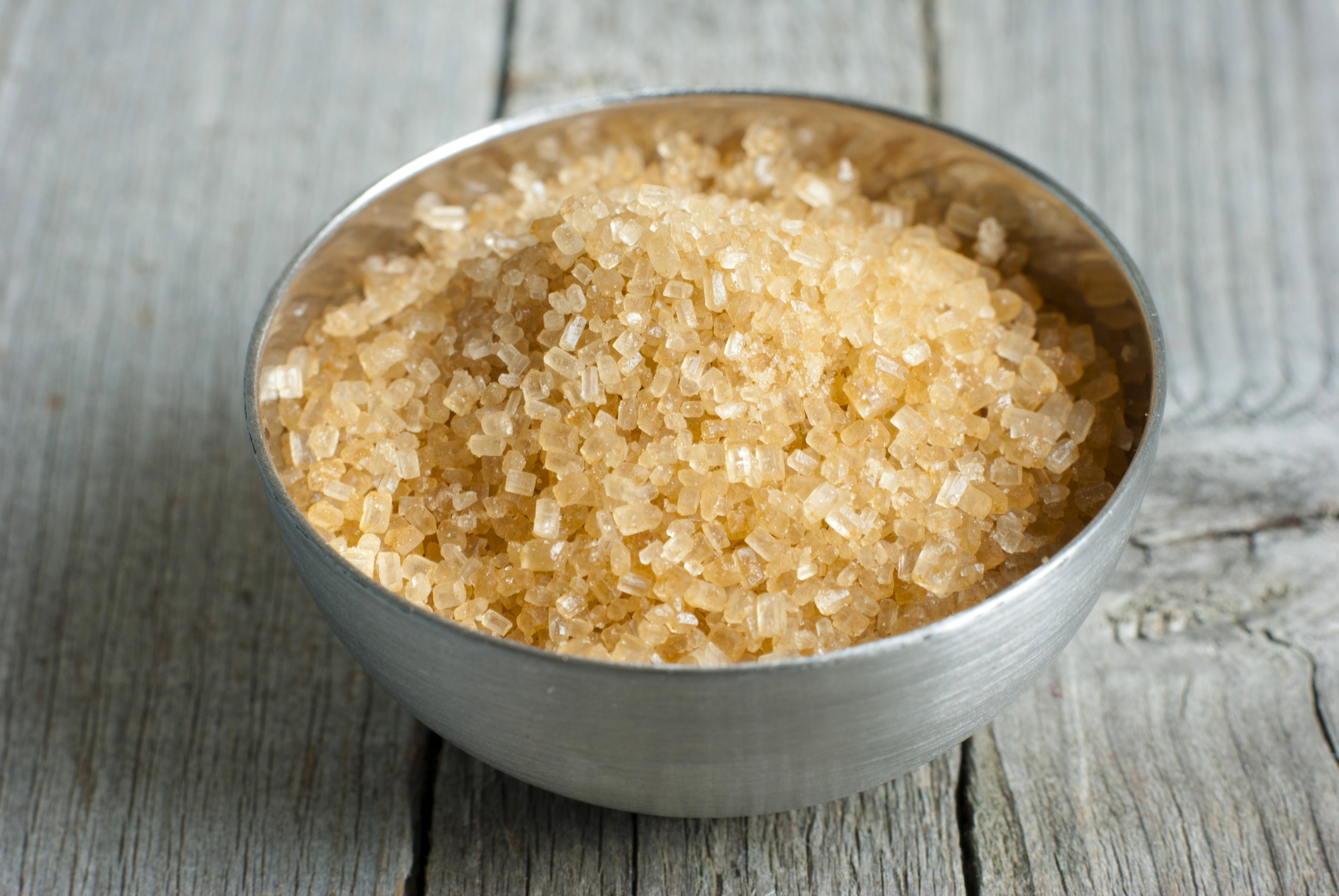Advanced Cane Sugar Processing: Enhancing Efficiency and Sustainability
Recognizing the Vital Strategies and Technologies Employed in Modern Walking Cane Sugar Processing
The development of cane sugar handling has actually been considerably formed by the assimilation of advanced methods and modern technologies that resolve both efficiency and sustainability. Enzyme-assisted extraction and innovative refining approaches have reinvented yield optimization, while automation facilitates operational dependability. Moreover, the focus on sustainable practices mirrors a growing awareness of environmental effect. As we discover these critical developments, it ends up being important to analyze exactly how they not just boost manufacturing but also line up with wider sector fads and customer needs, questioning regarding the future of sugar processing and its ramifications for international markets.
Historical Context of Cane Sugar Handling
The historic context of cane sugar handling discloses a rich tapestry of agricultural innovation and social exchange that has shaped its growth over centuries. Coming From Southeast Asia, sugarcane was cultivated as early as 8000 BCE - Cane Sugar Processing. The process of removing and improving sugar gained energy in India, where approaches for condensation were perfected around the sixth century. This understanding traversed to the Center East, and by the 12th century, sugar came to be a valued asset in Europe, bring about the facility of sugar plantations in the Mediterranean.

Advanced Removal Techniques
Effectiveness in walking stick sugar removal has seen considerable innovations, driven by the requirement for greater returns and lower manufacturing prices. Standard approaches have progressed, paving the way to cutting-edge technologies that improve the efficacy of the extraction process. One remarkable development is using enzyme-assisted removal, wherein details enzymes break down cell wall surfaces and launch even more sucrose from the cane fibers. This method not only boosts sugar yield however additionally lowers the energy required for processing.
Additionally, the adoption of membrane filtration innovations, such as nanofiltration and reverse osmosis, has reinvented the splitting up of sugar from contaminations. These methods allow for the selective permeation of sugar molecules while maintaining bigger impurities, streamlining the removal procedure and decreasing waste.
Moreover, the integration of continuous extraction systems has led to improved functional performance. Cane Sugar Processing. These systems preserve a continuous flow of cane product, guaranteeing ideal extraction problems and lowering downtime related to batch processing
Innovative Refining Technologies
Refining methods in cane sugar processing have actually gone through a transformative change, driven by the demand for higher pureness and enhanced item high quality. Among the most notable advancements is the adoption of membrane layer filtering modern technologies, such as ultrafiltration and nanofiltration. These processes effectively eliminate impurities and colorants without the requirement for extensive chemical treatments, thereby protecting the sugar's all-natural flavor and improving its appeal.
One more substantial improvement is using ion exchange materials, which allow for discerning elimination of unwanted ions from sugar options. This technology not only boosts the total purity of the end product but likewise adds to lowered waste and ecological influence.
Furthermore, innovations in adsorption strategies, making use of activated carbon and other innovative materials, have confirmed efficient in decolorizing sugar solutions while preserving optimum quality. The assimilation of these ingenious refining technologies ensures that suppliers can generate refined sugar with superior quality and preference, fulfilling the progressing choices of consumers.
Automation and Control Systems
Recent innovations in refining innovations have actually led the way for considerable renovations in automation and control systems within cane sugar processing facilities. These systems make use of advanced software application and hardware to improve functional effectiveness, reduce human mistake, and make certain consistent product high quality.
Modern automation integrates numerous parts, consisting of sensing units, actuators, and programmable reasoning controllers (PLCs), enabling real-time surveillance and control of vital procedures. As an example, pressure, flow, and temperature level rates can be exactly controlled throughout removal, clarification, and formation phases, optimizing performance and minimizing waste.
Additionally, progressed data analytics and my website artificial intelligence algorithms play a crucial function in anticipating upkeep, enabling drivers to expect devices failures before they take place. This proactive method not only lowers downtime yet also extends the life-span of machinery.
On top of that, automation facilitates the implementation of Sector 4.0 concepts, empowering sugar mills to attain higher connection and data exchange throughout processes. Consequently, decision-making becomes even more dexterous and informed, inevitably improving the total competitiveness of walking cane sugar production. With these developments, the industry is well-positioned to meet expanding worldwide demands while preserving operational quality.
Sustainability Practices in Sugar Manufacturing
Sustainability techniques in sugar production have ended up being increasingly crucial as the sector seeks to stabilize financial feasibility with environmental duty. As customer awareness grows regarding the environmental impacts of agricultural practices, sugar manufacturers are embracing innovative approaches to reduce their eco-friendly impact.
One substantial technique is the application of precision agriculture methods, which use information analytics to optimize resource usage, such as water and fertilizers. This decreases waste and minimizes the influence on local environments. Additionally, numerous producers are transitioning to eco-friendly energy sources, such as biomass from sugarcane byproducts, to power their operations, consequently lowering dependence on fossil gas.
Water administration methods are additionally essential; rain harvesting and effective watering systems aid alleviate water shortage concerns. Cane Sugar Processing. Additionally, integrated insect monitoring strategies lower chemical use, promoting biodiversity and soil health and wellness
Company social responsibility initiatives are arising, with firms spending in neighborhood communities and ensuring reasonable labor methods. By embracing these sustainability techniques, the sugar industry not just boosts its credibility yet additionally adds to an extra lasting agricultural landscape, leading the way for future generations.

Conclusion
In recap, contemporary walking stick sugar handling includes a series of sophisticated strategies and technologies that considerably enhance sustainability, return, and effectiveness. The adoption of innovative extraction and refining methods, along with automation and control systems, helps with boosted functional efficiency and product quality. Furthermore, the emphasis on sustainable techniques highlights a commitment to decreasing environmental influence and advertising ethical production. Jointly, these developments position the cane sugar sector to satisfy contemporary demands while resolving critical worldwide obstacles.
The evolution of walking cane sugar handling has actually been dramatically formed by the integration of advanced strategies and modern technologies that deal with both efficiency and sustainability.The historic context of cane sugar handling discloses an abundant tapestry of farming technology and social exchange that has actually shaped its advancement over centuries. Developments in milling and refining emerged, laying the foundation for modern-day walking stick sugar handling.Refining strategies in walking stick sugar processing have actually gone through a transformative shift, driven by the demand for greater click here to read purity and boosted item quality.In summary, contemporary cane sugar handling includes a range of sophisticated look what i found methods and innovations that considerably improve efficiency, sustainability, and return.